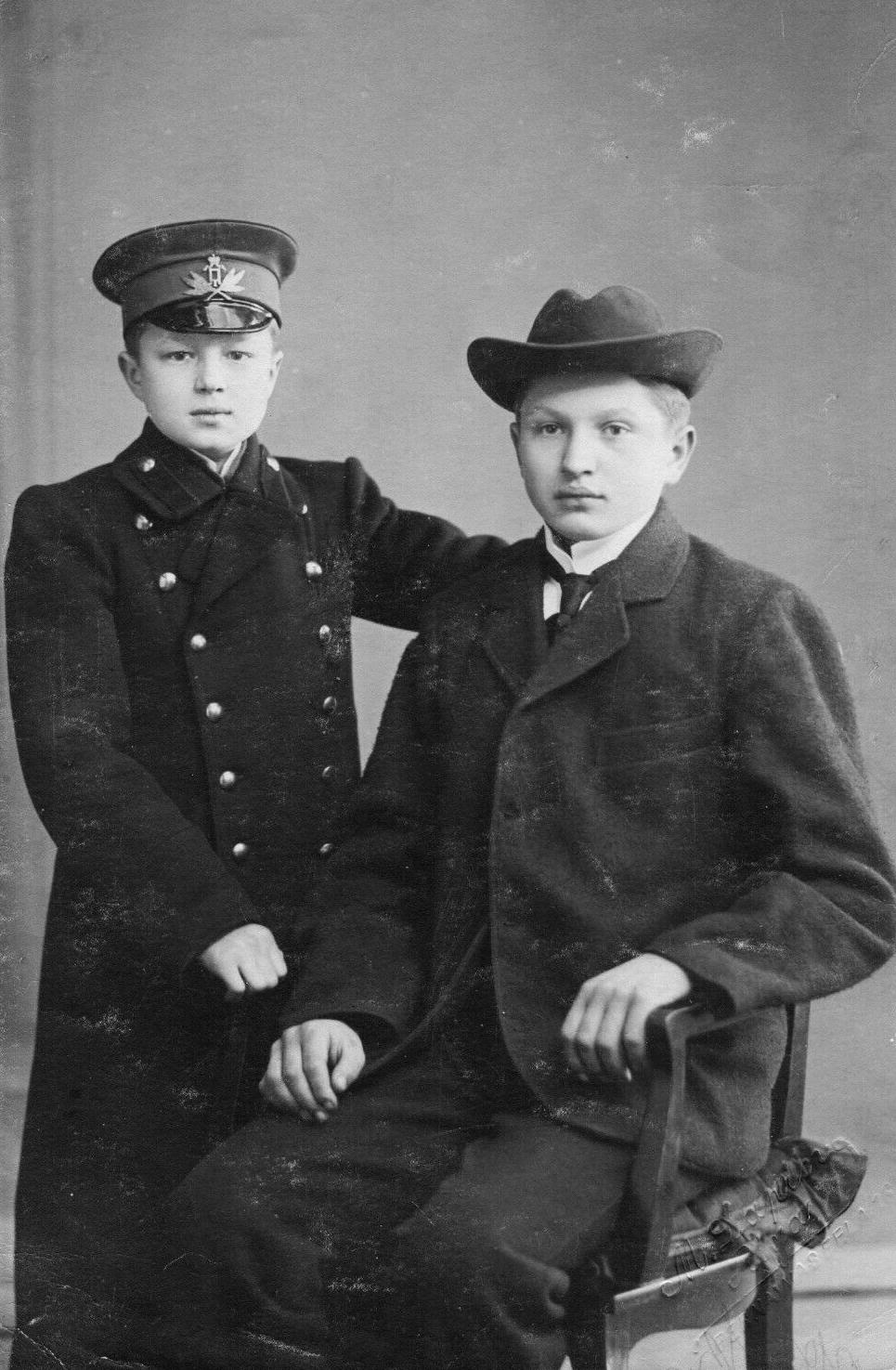
Figure 1.-- -This Latvian portarit looks to be two Latvian brothers. The daeler thought it was taken in the 1920s. The boy's school unifirm looks more like the 1910s, before the Revoluttion. His older brother's wing collar also suggests the 1910s. . |

|
Latvia was for years part of the Russian Empire. Tsarist Russia gained control of the Baltics gradually, but all of Latvia was under Russian control (by 1772). Russia lagged behind Western Europe in building a public school system, but German influences in the cities meant that schools were more available than in the Empire at large, especilly in the cties. Much of the Latvian ethnic population in the countryside had only limited access to schools. Tsar Alexander I initiated school reforms (1802). This required feudal lords to build schools for peasants on heir estates. The law was, however, not strictly enforced. Some of the feudal lords opened schools. Others did not. As a result, the principal way for Latvian peasant children to learn to read was by being taught at home. Here theLuther Church was important. In eastern Latvia the Polish Catholic influence was important, fewer children learned to read. As an experiment, the serfs in the Baltic were emnacipated (1817-19). This proved to proote education as the peasantry benefited economically from the mobility afforded them. The formal school system was closely linked to the Lutheran Church. Tsar Alexander III expanded the Russification policy (late-19th century). Russian language classes became mandatory. Educational standards in Latvia, as with the Baltics, in general were among the highest in the Tsarist Empire. [Zogla, et. al, p. 418.] We are unsure how schooling was affected by Tsarist Russification policies (late-19th century). The language of instruction was a problem. General literacy was chieved (1890s). We have no information at this time on what Latvian school children wore in Imperial Russia. Tsarist rule ended as a consequence of the World War I and the Russian Revolution.
Related Chronolgy Pages in the Boys' Historical Web Site
[The 1880s]
[The 1890s]
[The 1900s]
[The 1910s]
[The 1920s]
[The 1930s]
[The 1940s]
[The 1930s]
[The 1940s]
[The 1950s]
[The 1960s]
[The 1970s]
[The 1980s]
Related Style Pages in the Boys' Historical Web Site
[Smocks]
[Long pants suits]
[Knicker suits]
[Short pants suits]
[Socks]
[Eton suits]
[Jacket and trousers]
[Blazer]
[School sandals]
[School smocks]
[Sailor suits]
[Pinafores]
[Long stockings]
Navigate the HBC School Section:
[Return to the Main Latvian school chronology page]
[Return to the Main Latvian school page]
[Return to the Main Latvian page]
[About Us]
[Activities]
[Chronology]
[Clothing styles]
[Countries]
[Debate]
[Economics]
[Garment]
[Gender]
[Hair]
[History]
[Home trends]
[Literary characters]
[School types]
[Significance]
[Transport and travel
[Uniform regulations]
[Year level]
[Other topics]
[Images]
[Links]
[Registration]
[Tools]
[Return to the Historic Boys' School Home]
